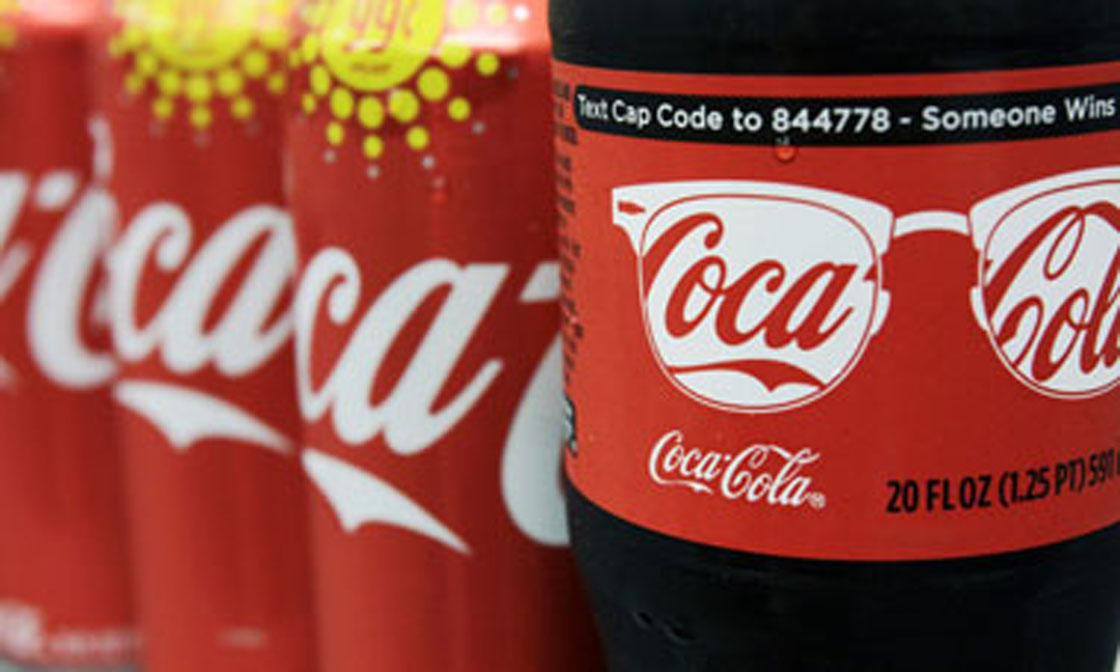TORONTO – New York City’s ambitious plan to ban super-sized sugary drinks may be on hold for good reason: a new study suggests that slapping restrictions on cup sizes could lead to consumers drinking more empty calories.

That’s because store fronts and fast foods joints could entice consumers by offering bundles of smaller portioned beverages at a cheaper price, according to University of California, San Diego research.
“We were expecting soda consumption not to decrease in the ‘bundle’ scenario, but were surprised that it actually increased,” lead researcher Brent Wilson told the New York Daily News.
“Businesses are going to react in some way or another in order to maximize profit. There are many different ways to construct menus and probably get the same result we got,” he told the paper.
In his research, Wilson offered his subjects – 100 college students – one of three fast-food menu options.
Read the full study in the journal PLoS One
The first menu offered a 24-ounce soda for $1.79 and a 32-ounce soda for $1.99. The second menu offered a bundle option of two 12-ounce drinks for $1.79 or two 16-ounce sodas for $1.99.
The final option was a single 16-ounce drink.
The subjects that were offered the bundled menu bought four ounces more of soda than those given the regular menu.
Read more: Who will win the soda wars?
NYC mayor Michael Bloomberg’s soda ban proposal had been axed by a state judge in March just a day before it would have been enacted. The law would have banned the sale of 16-ounce sodas in restaurants, sports arenas and street carts.
It was a contentious idea that divided health proponents and the beverage industry.
“Even with the restriction, New York State Senator Daniel Squadron has said that ‘those who want to drink more will still be able to go ahead and have two’,” the researchers wrote.
“Our study shows that when larger drink sizes are offered as bundles, people are very likely to go ahead and do just that,” Wilson said.
Read more: Is water trumping soda as the drink of choice for Americans?
Canadian obesity expert Dr. Yoni Freedhoff said the findings shouldn’t dissuade policy makers from considering bans on sugary drink sizes.
There’s a gap in the study, he noted.
“We don’t know if (this ban) will affect actual consumption because this study did not measure actual consumption. Maybe they were going to share the soda with the person beside them,” Freedhoff told Global News.
Freedhoff is unsure if companies would even implement ‘bundling’ packages to make up for cup size limits.
“We should limit cup sizes. It would require someone to consciously think to themselves, ‘do I need more than half of a litre of sugary soda at this time?’” he said.
“If they do decide that, we’re not here to trounce on people’s abilities to purchase things. This cup size limit is there to encourage people to think about what they actually want to consume,” he said.
Freedhoff recommended waiting for a few years after the policy is enforced to see if consumer perception of what’s a normal sized portion has changed.
carmen.chai@globalnews.ca
Follow @Carmen_Chai




Comments